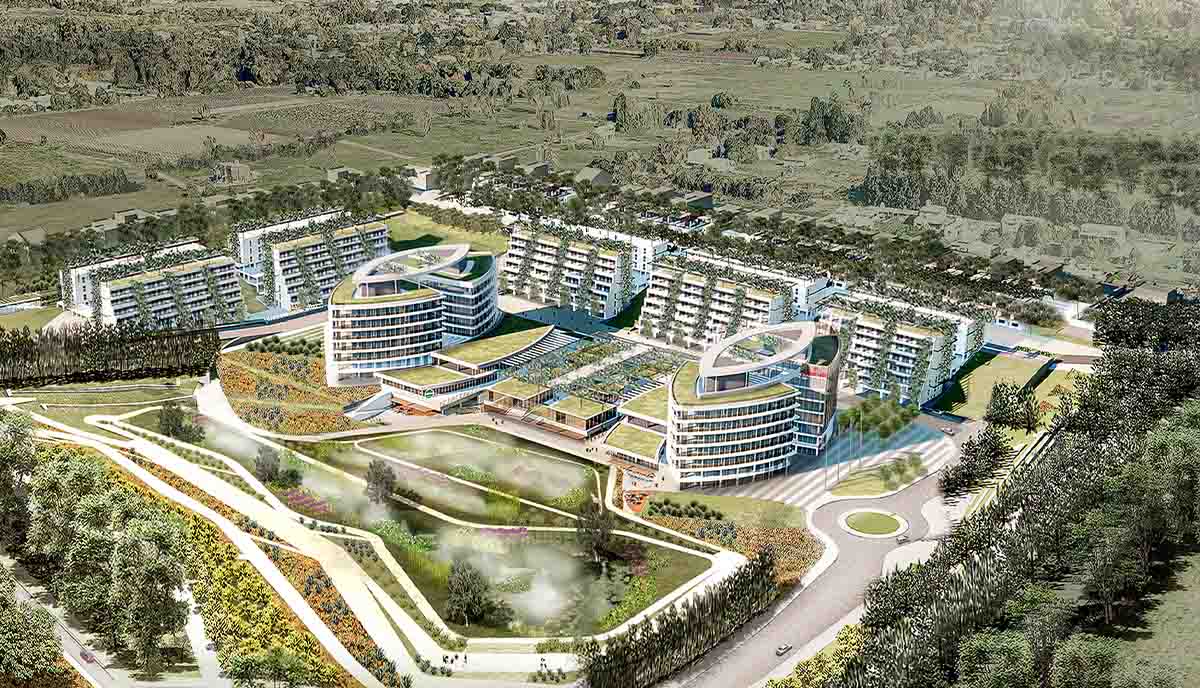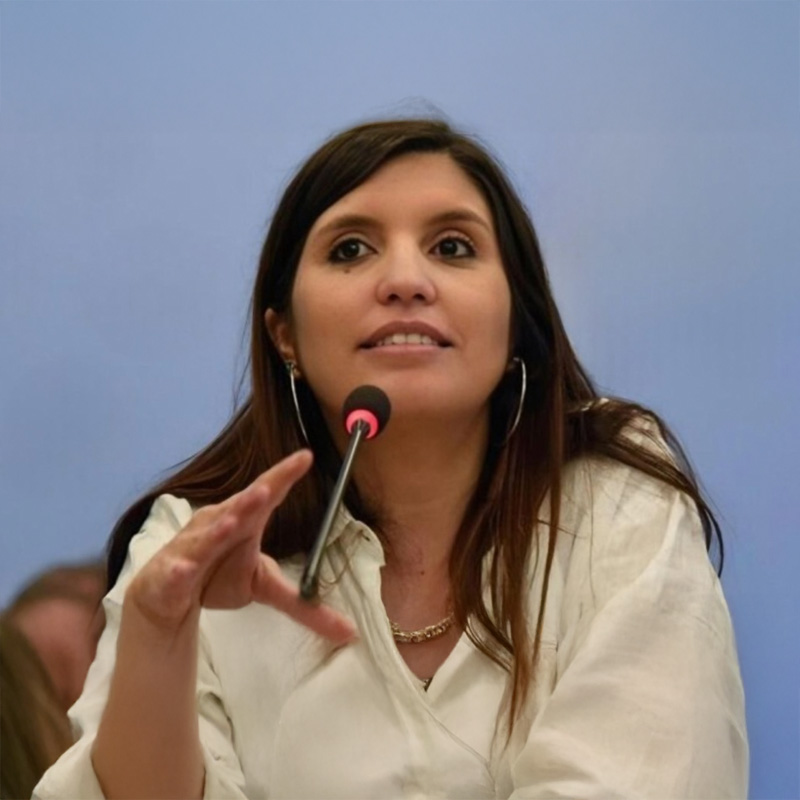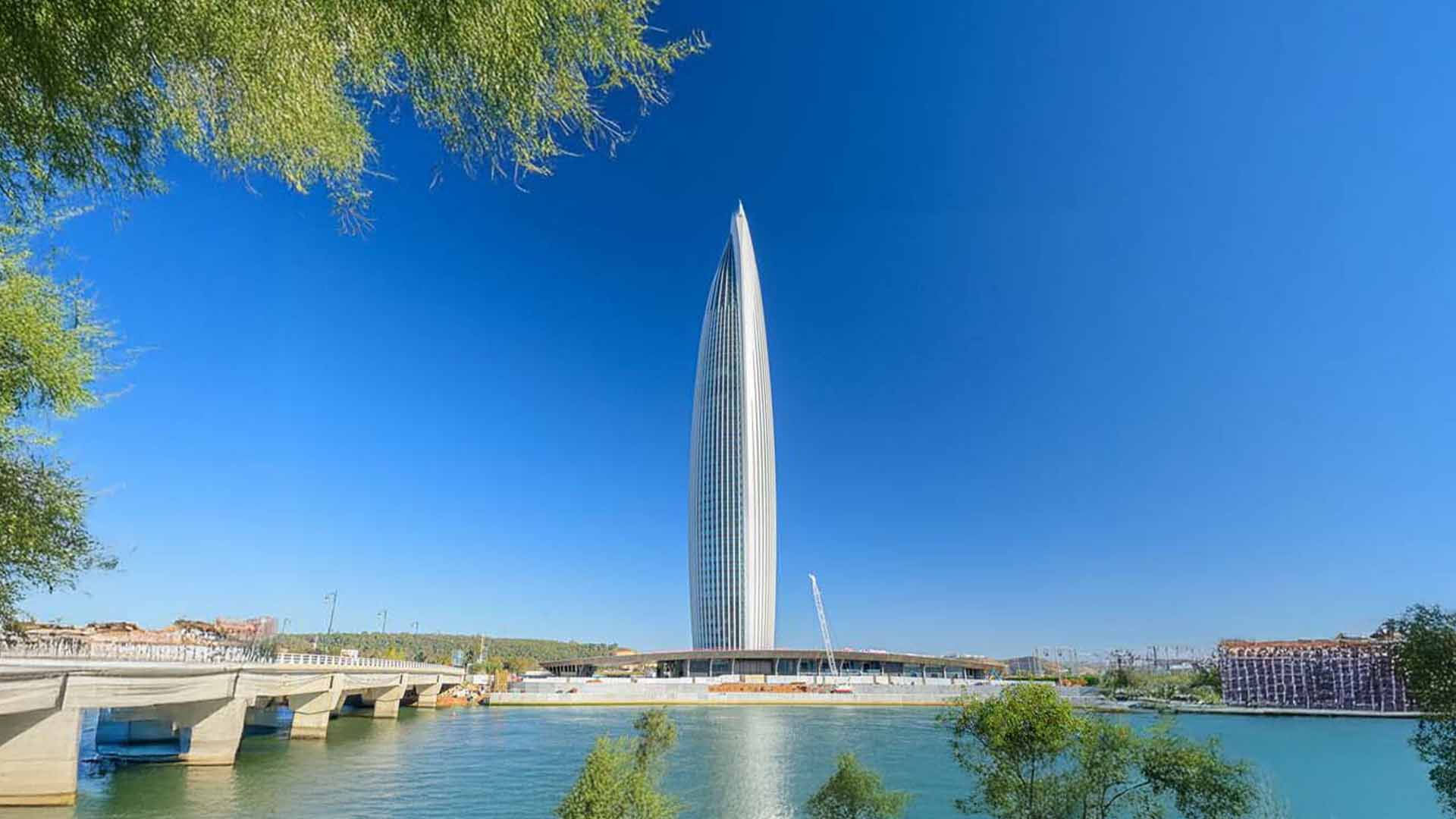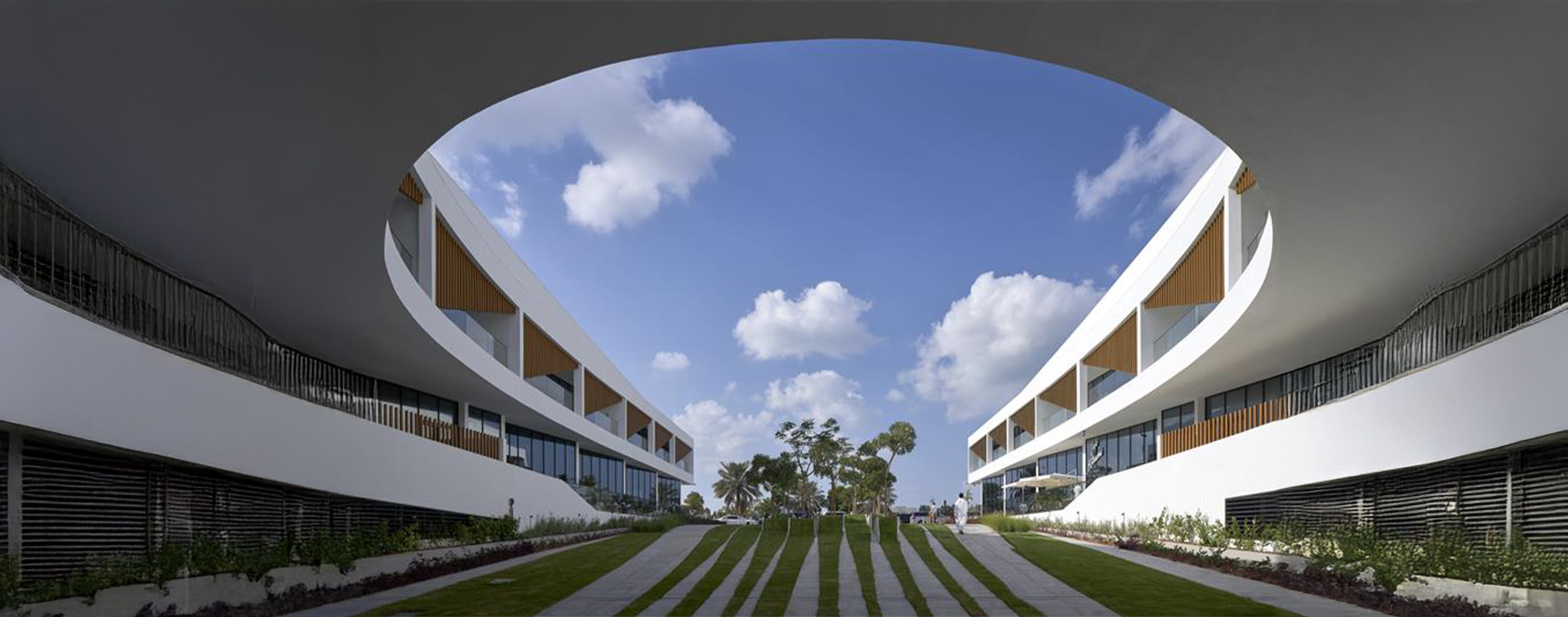 5 min
5 min
Faced with the dual challenge of providing affordable housing while mitigating the environmental impact, Daniela Vilar, Minister of the Environment for the province of Buenos Aires, is innovating by adopting an approach described as “popular environmentalism”. This interview explores the challenges, solutions and philosophy behind the innovative work of her ministry.
What’s special about Buenos Aires province?
Buenos Aires is Argentina’s second-largest and most populous province. We face a wide range of conditions, from completely rural to very densely populated. As a result, our province faces enormous infrastructure and housing challenges.
What problems do you face?
The challenges we face are linked to what’s happening in our environment that affects us directly, in particular extreme weather events, which are becoming more frequent as a result of the environmental crisis: droughts, floods, devastating storms, and so on. But also neighborhoods without access to drinking water, megaprojects encroaching on natural regions such as wetlands, chronic illnesses affecting some communities living next to open-air rubbish dumps, and children poisoned by lead. Environmental problems concern us all, and vulnerable people even more so.
Against this background, you say that “popular environmentalism” is your guiding principle. What exactly does it mean?
We see the environment as a cross-cutting issue that affects all aspects of our lives, and environmentalism as a variable closely linked to social, political and economic factors. We call it “popular environmentalism”, because environmental issues must also be tackled from a social perspective. It’s kind of the philosophical framework we operate in. It guides and gives meaning to all our work and awareness-raising activities, focusing on environmental protection with a view to social inclusion and guaranteeing rights. We are convinced that individuals and communities can only truly flourish in a harmonious relationship with the region that surrounds them.
What concrete measures illustrate your approach to more sustainable construction?
Our goal is to promote resilient, energy-efficient buildings to mitigate and adapt to the effects of climate change. With this in mind, we prioritize the following measures :
- Optimization of the energy efficiency of all new buildings
- Buildings oriented to optimize exposure to sunlight
- Installation of prefabricated structures with basements to improve ventilation and insulation where possible
- Use of insulated sandwich panels for wall construction
- Framing made of recycled plastic
- Installation of photovoltaic panels
- Installation of solar water heaters
- Use of efficient wastewater treatment systems
- Rainwater collection and filtration for sanitary facilities
Cittabella eco-neighborhood project 
The Cittabella eco-neighborhood project in La Plata, around fifty kilometers south-east of Buenos Aires city, is an urban renewal initiative aimed at transforming a 5-hectare former quarry. The project features innovative solutions to minimize its environmental impact: off-site construction in concrete, rainwater management with an artificial wetland, planting of more than 1,300 trees and 15,000 native plants, and use of geothermal and solar heating systems. When complete, Cittabella will include more than 300 housing units spread over several buildings, shops, offices, health and education facilities, and five parks, all designed according to BIM modeling principles.
© ASZ Arquitectos / Grupo OCSA
ALSO READ :
India: the challenges of an environmental AND social transition
Sustainability and social responsibility must go hand in hand.









